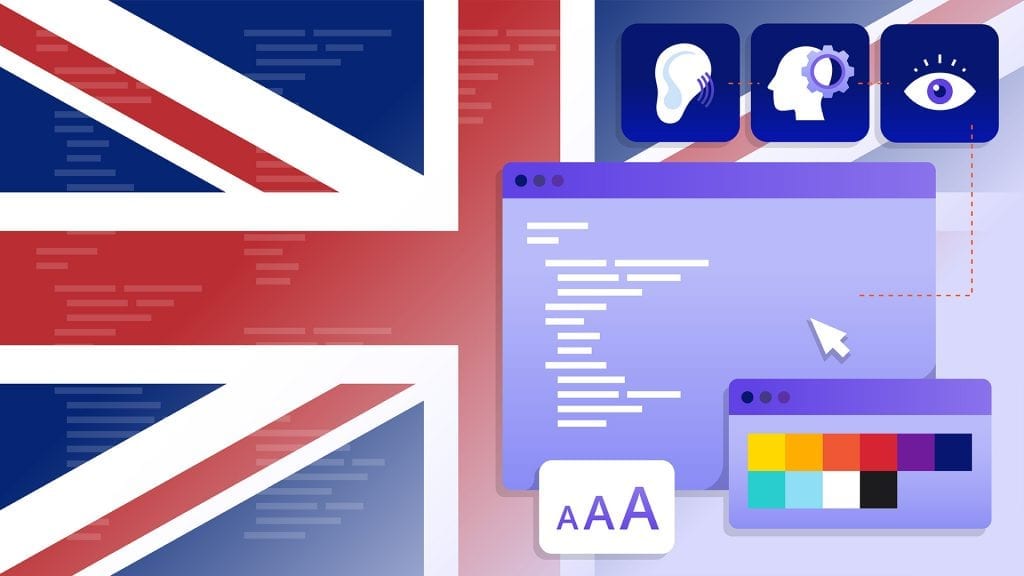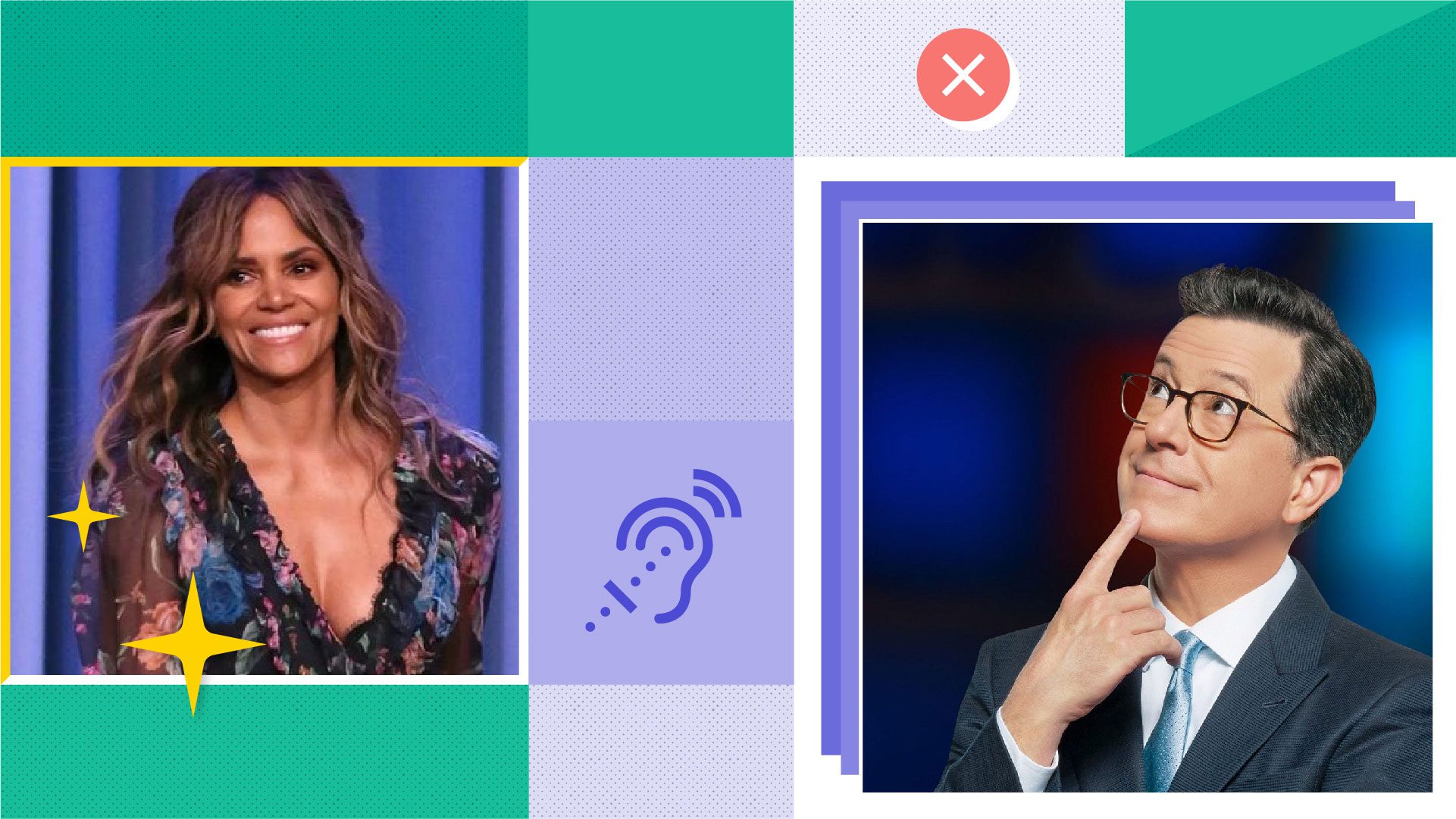Web Accessibility Laws in the United Kingdom You Should Know

Rev › Blog › Accessibility ›
What’s required to meet accessibility standards in the U.K.? Here’s everything you need to know to avoid accessibility violations.
What Are Web Accessibility Laws?
Although the Disability Discrimination Act 1995 began to address website accessibility, it wasn’t until the Equality Act of 2010 (EQA) that legal protections for people with disabilities really expanded online. The Equity Act formally addressed that websites needed to comply with equal access and web accessibility standards.
Section 20 of the EQA required service providers to take reasonable steps to provide an equal experience for people with disabilities both online and offline. Section 29 of the Act prohibits discrimination by failing to provide adequate accommodations for use.
The U.K. Human Rights Commission also reiterated in its statutory Code of Practices when it defined websites as services. This requires website owners to anticipate the needs of disabled customers. It’s no longer enough not to discriminate. Businesses need to proactively provide the ability for disabled persons to be able to use their website.
It was clarified again with the publication of the British Standard (BS 8878) 2010 by the British Standards Institute, which provides guidance for organizations on how to comply with web accessibility requirements. These standards address websites, apps, email, and cloud-based products.
Additional regulations were also passed into law in 2018. The Public Sector Bodies (Websites and Mobile Applications) (No. 2) Accessibility Regulations 2018 covered public sector websites and mobile apps.
While the EQA covers people with disabilities in England, Scotland, and Wales, it does not cover those in Ireland. Irish citizens are covered by the country’s Disability Discrimination Act 1995.
Who Does Web Accessibility Law Benefit?
There are more than 13.9 million people classified as disabled in the U.K. representing 22% of the total population. In Ireland, 13% of the population has a disability. That’s approximately 643,000 people.
Under the Equality Act 2010, you are classified as disabled if you have either a physical or mental impairment that has a substantial and long-term negative impact on the ability to perform normal daily functions. This includes people with impaired vision, motor difficulties, deafness or hearing impairment, cognitive impairments, or learning disabilities.
Who Is Required to Follow U.K. Web Accessibility Laws?
Throughout the U.K., government agencies and businesses are required to provide equal access to users with disabilities. While the specific ways organizations must comply are not listed explicitly, following the web content accessibility guidelines and recommendations published by the World Wide Web Consortium (W3C) has been accepted as best practices for website developers and User Experience (UX) developers. This accessibility standard, the Web Content Accessibility Guidelines (WCAG) has been adopted by countries throughout the world as a way to comply with legal accessibility requirements.
U.K. law specifically calls out governmental or public sector websites for accessibility web standards U.K. because of the need to serve all its residents with government services.
How Are Web Accessibility Laws Enforced?
The Equality and Human Rights Commission enforces these laws in most of the United Kingdom. In Ireland, it’s the Department of the Taoiseach and Government Information Services.
Enforcement has been rare so far. Most complaints have been handled with an agreement between the complainant, the government, and the organization by providing modifications to online assets. The Royal National Institute for the Blind has considered initiating legal action against various organizations, but in each case, an amicable solution was reached.
How to Comply with U.K. Web Accessibility Standards
New guidelines published in 2018 gave perhaps the clearest guidance when it comes to complying with U.K. web accessibility law.
“Accessibility means more than putting things online,” wrote the Government Digital Services. “It means making your content and design clear and simple enough so that most people can use it without needing to adapt it, while supporting those who do need to adapt things.”
Following the web accessibility standards laid out in the Web Content Accessibility Guidelines (WCAG) from WC3 will likely satisfy the U.K. and Irish regulations.
The WCAG recommends specific ways to make online content more accessible to those with disabilities. It covers four main areas for websites:
Perceivable
All users, including those with impaired vision, should be able to see and read your website.
Operable
Websites should be responsive and easy to navigate for all users across multiple browsers and mobile devices
Understandable
Websites should be organized in a way that’s easy to use and use language that most customers can understand.
Robust
Websites should integrate with tools (Assistive Technology or AT) that are used by users with disabilities.
The WCAG 2.1 Guidelines contain a comprehensive list of items for businesses, User Experience (UX) designers, and web designers. To check whether your website is compliant, here is a list of the online tools available to check for compliance.
Remember that section 1.2.2 of the WCAG guidelines requires synchronized captions for all audio and video, which you can get from Rev.com



